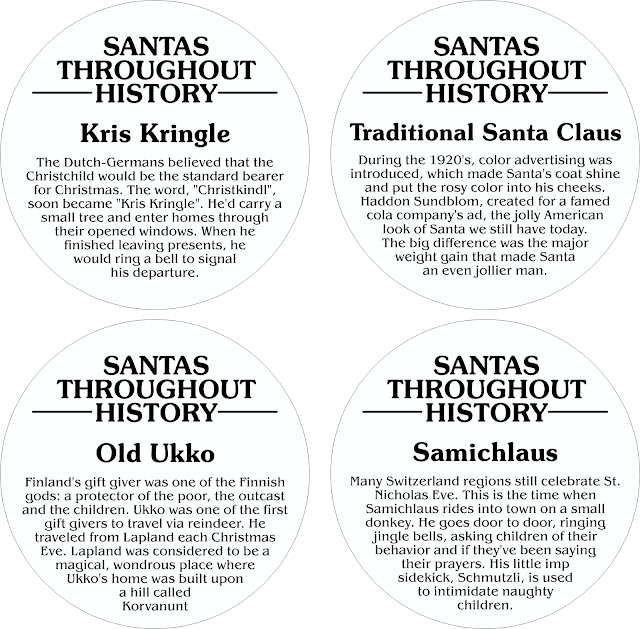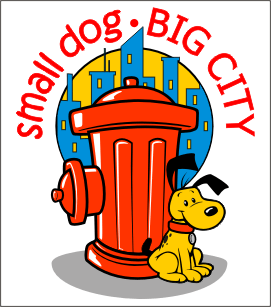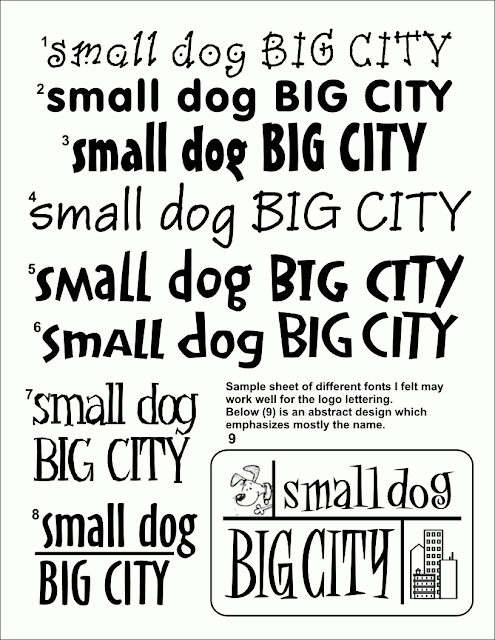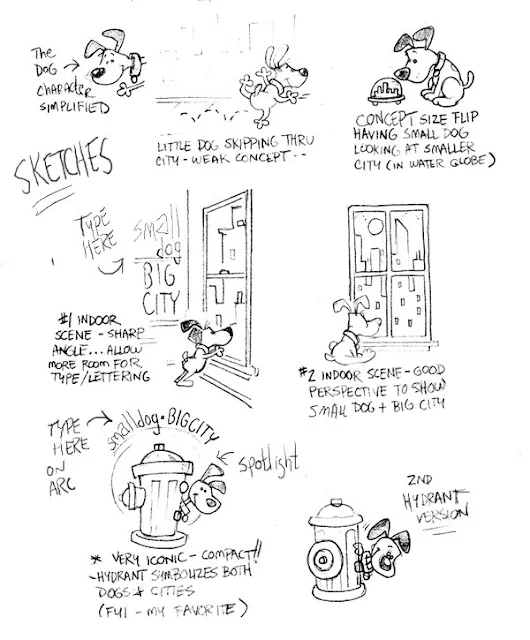Few people asked me what I do for a living.
I'm a Creative Director under my own company name (Arrrggghhh Ink LLC) and I work exclusively for a company in China. I help design and create fabricated textile products, which is a fancy way to say I design toys, costumes, pet and novelty items.
I can not usually show my work online, because many items are exclusively made for major retail stores like Target, PetSmart and Wal-Mart. We would not be a leading company today if we didn't secure our designs from the general public (and our competitors.)
Attached is a design I did several years ago. It was a robot design for an Easter Basket. Usually I sketch out and color a design. I then add bits of detail information to help explain the look and materials for the prototype designers in China. The team in China are usually so talented, that there is rarely a time I need to do turn-arounds or sketch from another point of view for them to design a prototype.
 |
| A Robot Easter Basket design that was too costly to make |
This particular design came out very well as a prototype, but unfortunately the design's cost caused it to be too expensive to make for the retail market. This is the part that many people do not realize about designing products: Not only does the product need to look and fell good, but you are limited to what you can design because of pricing.
This becomes even more of a challenge in a bad economy.
 |
| The original concept design including text directions on the design. |
In a bad economy, retail prices tend to stay the same or go lower. But the cost of labor, material goods and shipping do not stay the same. So what most retailers do during bad times? They find cheaper alternative/substitute solutions -- without giving up too much quality to the product.
Personally, when I design, I think of things I would have enjoyed as a child. I still want to see this being sold in retail stores one day. Maybe if/when the economy gets better . . .




































